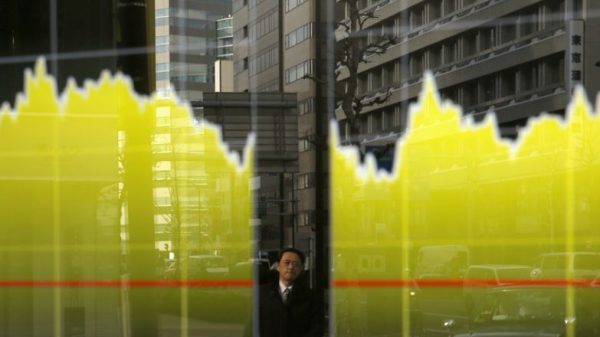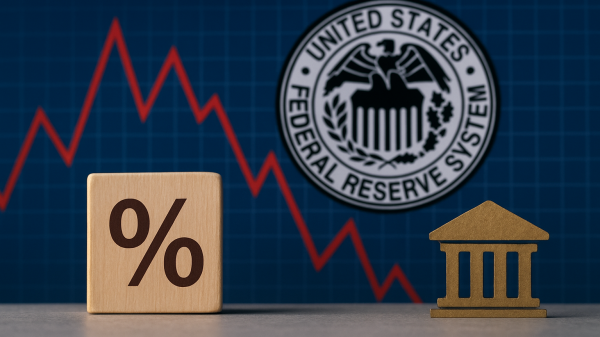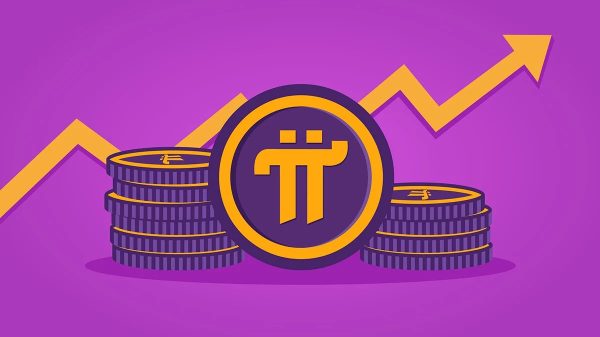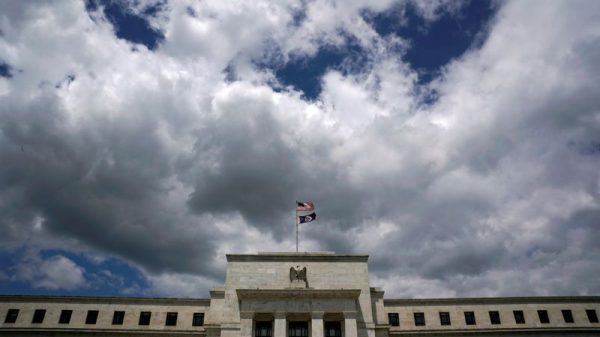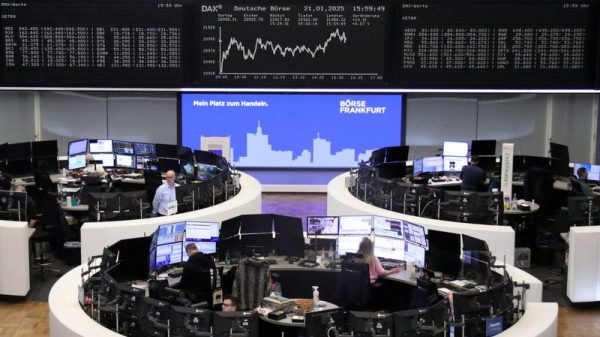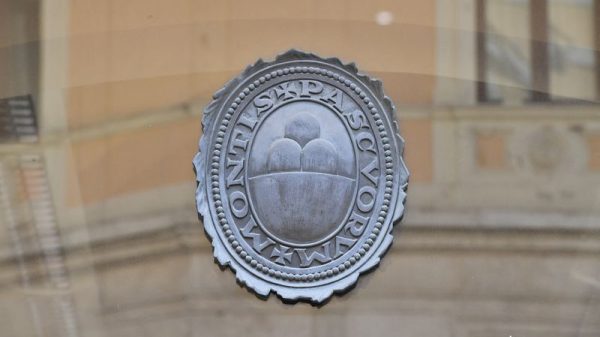The British economy has ground to a near standstill, expanding by a lackluster 0.1 percent in August in a clear and worrying sign that the momentum from the first half of the year is rapidly fading.
The grim data, released by the Office for National Statistics, paints a picture of a stagnant economy now bracing for a difficult autumn, with the twin threats of a painful government budget and a potential central bank showdown looming on the horizon.
A summer slump, a winter of worry
The August figure, which was in line with economists’ expectations, was made even more troubling by a downward revision to the previous month’s data.
The ONS, which had initially reported that the economy flatlined in July, now assesses that it actually shrank by 0.1 percent.
This summer slump follows a period of stronger growth in the first half of the year, a performance that was artificially boosted by businesses front-loading their activity ahead of new US trade tariffs.
Now, that artificial high has given way to a sobering reality. “Some course correction is likely after an excellent start for the UK economy,” said Sanjay Raja, Deutsche Bank’s chief UK economist, in a note this week.
Indeed, after a strong first half of 2025 momentum, we expect growth to shift to a lower gear in the second half. We see quarterly GDP tracking around 0.2% quarter-on-quarter – but there are downside risks brewing.
A central bank in a bind
This economic slowdown has put the Bank of England in a difficult and delicate bind. With the labor market weakening and wage growth pressures easing, there is a strong case to be made for another interest rate cut at the central bank’s next meeting on November 6 to try to stimulate growth.
But there is a powerful and persistent obstacle to any such move: stubbornly high inflation. The consumer price index is still running hot at 3.8 percent, a level that makes any further easing a risky proposition.
Economists at Goldman Sachs noted that while there was a case for cutting, the central bank would likely want to see more progress on inflation before acting, particularly in the sticky services sector.
“Normalisation in measures of underlying services inflation — which strip out the noise related to volatile and regulated prices — has stalled in recent months,” the bank said in an analysis.
Moreover, headline inflation is likely to remain close to 4% in the remainder of 2025.
The looming shadow of the budget
This central bank dilemma is being further complicated by the long and anxious shadow of the government’s upcoming Autumn Budget on November 26.
Finance Minister Rachel Reeves is widely expected to announce a painful package of tax rises and spending cuts in a bid to shore up the nation’s finances.
This fiscal tightening, while perhaps necessary, could put a further and significant dampener on an already struggling economy, hitting consumer spending and business investment.
For a nation already grappling with a cost of living crisis and the looming threat of a winter chill, the road ahead appears to be a difficult and uncertain one.
The post UK economy records 0.1% growth in August, in line with outlook appeared first on Invezz

